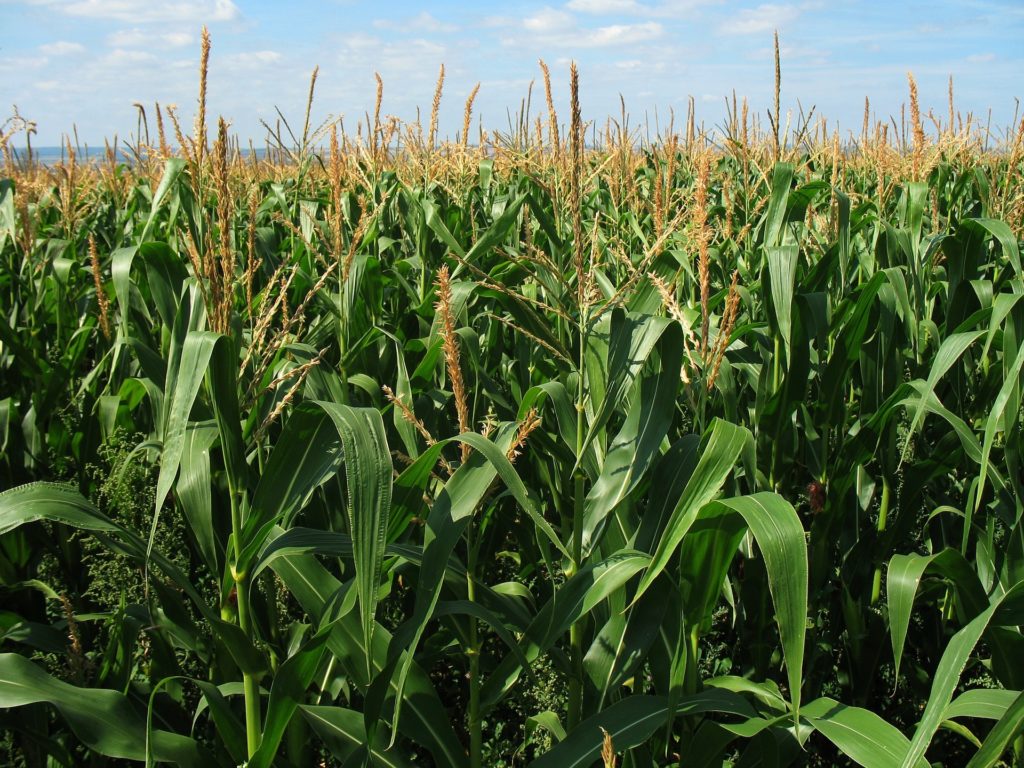Recently, the United States Department of Agriculture (“USDA”) established a new program known as the Transitional and Organic Grower Assistance (“TOGA”) Program to assist agricultural producers transitioning from conventional to organic production. This program is offered to certain producers as part of USDA’s Organic Transition Initiative. Producers who have crop insurance coverage on crops in transition to organic or certified organic grain or feed crops may be eligible for TOGA benefits. This program is offered to eligible producers for the 2023 reinsurance year.
Background
According to USDA, it generally takes producers at least three years to become eligible to apply for organic certification. During this transition period, producers are unable to earn the premium revenue that is generated by the USDA certified organic label. To assist producers transitioning from conventional to organic production, USDA is investing $300 million towards a new initiative called the Organic Transition Initiative. Primarily, the initiative provides support through education and training, direct farmer assistance, and organic market security.
On August 22, 2022, USDA provided details of the types of programs and resources available to producers under the initiative. Three USDA agencies—Agricultural Marketing Service (“AMS”), Natural Resources Conservation Service (“NRCS”), and Risk Management Agency (“RMA”)—administer the initiative’s programs. Specifically, AMS is providing education and establishing organic supply chains for transitioning organic producers, while NRCS is extending financial assistance to producers who adopt a new Organic Management conservation practice standard for their farming operation. RMA, through the initiative, is offering and administering TOGA to producers as part of the Federal Crop Insurance Program (“FCIP”).
TOGA
In general, TOGA provides premium assistance to producers with insurance coverage on crops transitioning to organic or a certified organic grain or feed crop. Essentially, this program reduces an eligible producer’s overall crop insurance premium bill in order to aid their continued use of organic agricultural practices during the transition period.
TOGA offers three categories of benefits for eligible producers. First, producers can receive 10 percentage points of premium subsidy for all of their crops that are in transition to certified organic. Second, producers that have a Whole Farm Revenue Protection (“WFRP”) policy on crops in transition can also receive 10 points of premium subsidy.
Third, producers transitioning their crop to a certified organic grain or feed crop can receive premium assistance up to $5 per insured acre. There are many grain and feed crops eligible for TOGA, such as barley, rice, rye, soybeans, and wheat. A complete list of the eligible organic grain and feed crops are available on USDA’s website here.
To receive TOGA premium assistance, producers must purchase an additional coverage policy. Producers are also required to report their qualifying transitional acreage to their crop insurance agent on their acreage report to receive the subsidy under the program.
In addition to TOGA benefits, producers can receive premium benefits from other premium subsidy programs applicable to their insurance policies. However, TOGA benefits are only available to a producer’s underlying crop insurance policy, and not additional crop insurance endorsements (i.e., supplemental coverage) purchased by a producer. For example, if a producer purchases a rice insurance policy and purchases the Enhanced Coverage Option endorsement, TOGA only applies to the underlying rice policy.
Producers cannot receive a premium subsidy that is greater than a producer’s premium. In other words, the benefit cannot exceed the total premium amount owed by a producer. In situations where the benefit exceeds a producer’s total premium amount, the producer will not receive a payment for the difference.
Eligible producers do not have to enroll or apply for TOGA. Rather, producers will automatically receive the premium subsidy on their billing statements. Because TOGA is available for the 2023 reinsurance year, the program is available for most insurance policies with sales closing dates from July 1, 2022, to June 30, 2023.
Conclusion
Producers that are transitioning their crops from conventional to organic production may receive a premium benefit under TOGA for the 2023 reinsurance year. Producers that purchase an additional coverage policy and report their qualifying acreage to their insurance agent can qualify for TOGA. For crops and WFRP policies, eligible producers may receive 10 percentage points of premium subsidy. Producers transitioning to organic grain and feed crops may receive $5 per insured acre of premium assistance. Although eligible producers automatically receive TOGA benefits, RMA is encouraging producers to discuss all crop insurance opportunities with an approve crop insurance agent. To locate crop insurance agents in your area, visit RMA’s Agent Locator webpage here.
For view the FAQs on TOGA, click here.
To read RMA’s Notice of Funding Availability for TOGA, click here.
For more information on the Organic Transition Initiative, click here.
To read the other articles in this series, click here.
To read NALC resources on crop insurance, click here.
